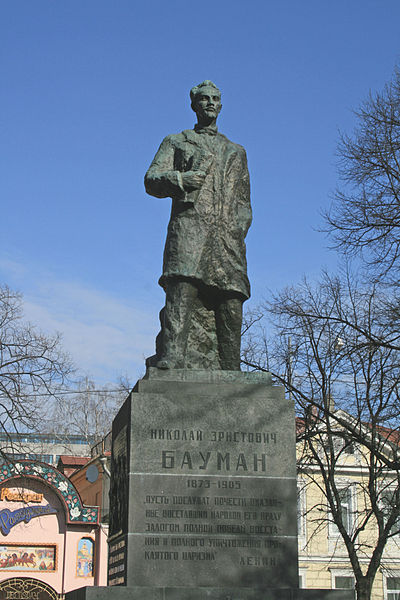<Back to Index>
- Painter Léopold Survage, 1879
- Sculptor Boris Danilovich Korolev, 1884
PAGE SPONSOR

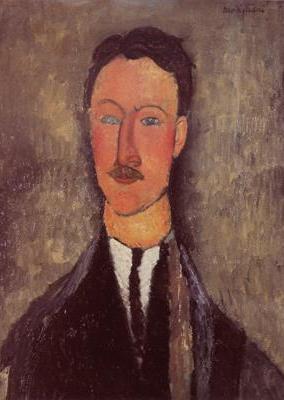
Léopold Survage (31 July 1879 – 31 October 1968) (variant names Léopold Sturzwage, Leopold Sturwage, Leopoldij Sturzwasgh, Leopoldij Lvovich Sturzwage) was an important French painter of Russian - Danish - Finnish descent born in Vilmanstrand, Finland (with selected references indicating a birthplace of Moscow, Russia).
At a young age, Survage was directed to enter the piano factory operated by his Finnish father. He learned to play piano, then completed a commercial diploma in 1897. After a severe illness at the age of 22, Survage rethought his career and entered the Moscow School of Painting, Sculpture and Architecture. Introduced to the modern movement through the collections of Sergei Shchukin and Ivan Morozov, he cast his lot with the Russian avant - garde and, by 1906, was loosely affiliated with the circle of the magazine Zolotoye runo (Golden fleece — Maximilian Voloshin). He met Alexander Archipenko, exhibiting with him in the company of David Burlyuk, Vladimir Burlyuk, Mikhail Larionov and Natalia Goncharova. With Hélène Moniuschko, later his wife, he traveled to Western Europe, visiting Paris in July 1908. The couple eventually settled in Paris where Survage worked as a piano tuner and briefly attended the short lived school run by Henri Matisse. He exhibited with the Jack of Diamonds group in Moscow in 1910 and first showed his work in France — at the urging of Archipenko — in the Salon d'Automne of 1911.
From 1912, Survage produced abstract compositions entitled Colored Rhythm. He planned to animate these works by means of film, using color and spatial movement to evoke sensation. He saw these abstract images as flowing together to form "symphonies in color", but he exhibited them separately at the Salon d'Automne in 1913 and Salon des Indépendants in 1914. Articles on these works were published by Guillaume Apollinaire (Paris - J., July 1914) and Survage himself (Soirées Paris, July - August 1914). In June 1914, in order to develop his idea, Survage unsuccessfully applied for a patent to the Gaumont Film Company. Had he later been able to raise the funds, he would have preceded Viking Eggeling and Hans Richter as the first to develop abstract films.
Beginning in 1917, Survage shared a studio — and a penchant for alcoholic excesses — with Amedeo Modigliani in Paris. Survage later moved to Nice and, over the next eight years, produced highly structured oils and works on paper linked together by a series of leitmotifs, repeating groups of symbolic elements — man, sea, building, flower, window, curtain, bird — as if they were protagonists in a series of moving images. The influence may have been Marc Chagall's, an artist well known for his insertions of floating couples, cows, roosters, and sundry Jewish iconography. By 1922, Survage had begun to move away from Cubism in favor of the neo - classical form. He was perhaps influenced by commissions for Serge Diaghilev's Ballets Russes, beginning with sets and costumes for Igor Stravinsky's opera buffa Mavra at the Paris Opéra in 1922. Although mainly a painter, he also produced stage, tapestry, and textile designs during this period (notably for the house of Chanel in 1933). Toward the end of the 1930s, as a result of his contact with André Masson, Survage became increasingly charmed by symbols and mysticism. The curvilinear forms that had previously dominated his compositions came, once again, under the control of geometric structure.
Survage was inducted into France's Légion d'Honneur in 1963. He died on 31 October 1968.


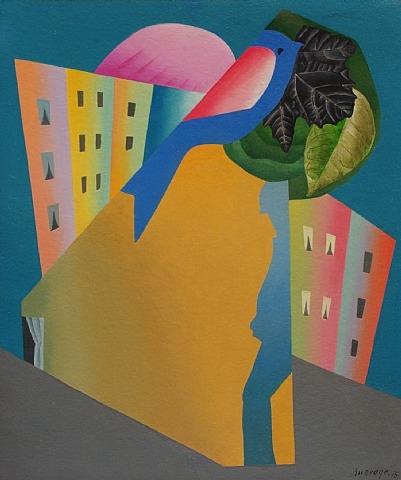
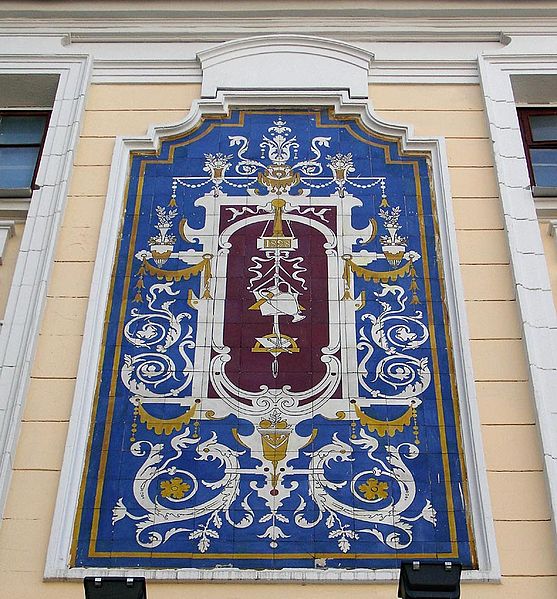
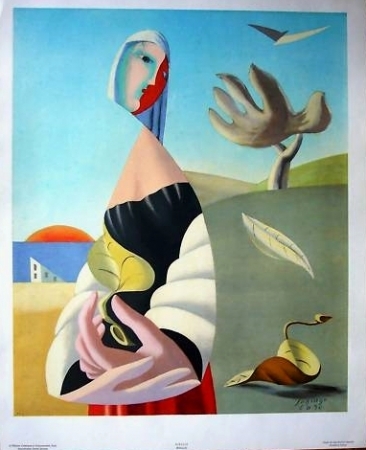
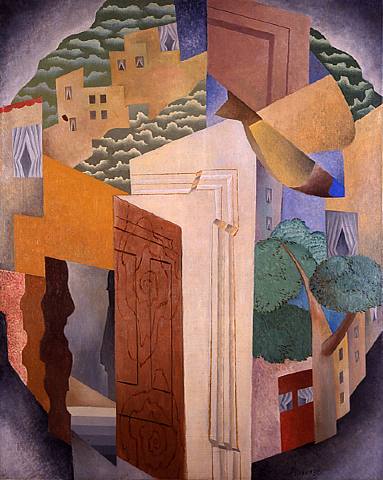
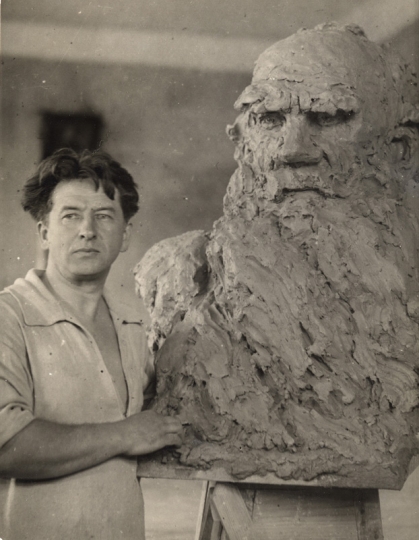
Korolév (also Korolyóv), Borís Danílovich (1884/85 – 1963) – a great Soviet sculptor - monumentalist, teacher and an outstanding public figure. As an artist Korolyóv stood at the origins of the Soviet school of sculpture, its mainstream, but he also was one of the leading figures in the avant - garde movement. In 1920s he played a prime role in the realization of Lenin's plan of monumental propaganda. In his own sculptural works Korolyóv combined Realism with elements of Impressionism and Cubism.
Born in Moscow and educated at the Moscow School of Painting, Sculpture and Architecture under Sergei Volnukhin, Korolev was a committed revolutionary, deported twice for his political activity, and a leading figure of avant - garde sculpture in revolutionary Russia.
He was an active participant in the execution of Lenin's Monumental Propaganda Plan of April 1918, which encouraged the destruction of Tsarist monuments and the rapid production of Soviet themed sculptures and bas - reliefs. Unfortunately Korolev's rapidly produced 1919 concrete statue of Mikhail Bakunin, done in a Cubo - Futurist style and set up in Moscow, proved to be deeply unpopular and was dismantled within weeks.
Despite changing tastes, Korolev continued working in Cubist style into the 1920s, and became professor of sculpture at the Soviet state art school, Vkhutemas. In 2009 he was the subject of a major retrospective at the Tretyakov Gallery.
Korolev is buried in Novodevichy Cemetery. His work includes:
- the granite Fighters of the Revolution in Saratov, completed in 1925, with a cubist base;
- bronze and granite figure of Nikolay Bauman, Moscow, 1931;
- a number of statues of Lenin, including a bronze of Lenin in Independence Square of Tashkent, completed in 1936 and replaced in 1991.
